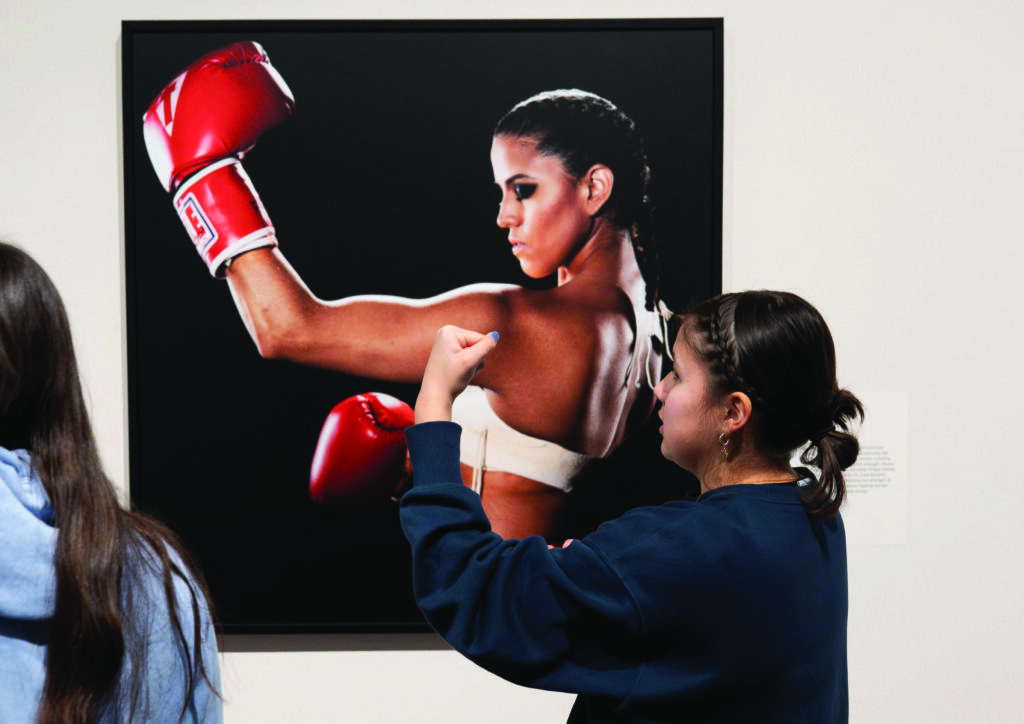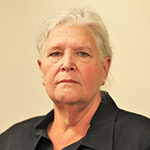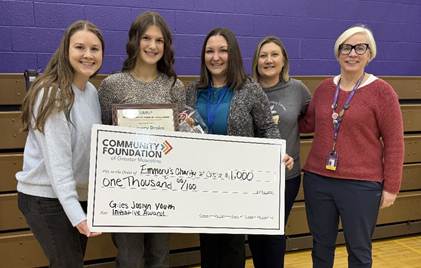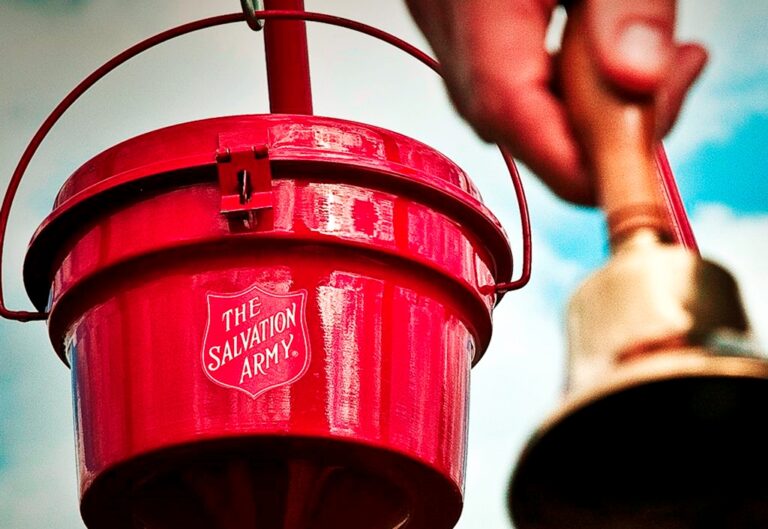
A student from the Meskwaki Settlement School mimics a pose of the boxer pictured in a photograph titled “We are Native Women” by Cara Romero at the Figge Museum of Art Thursday, March 6, during a special showing for the students. CREDIT TODD WELVAERT
Visitors to the “Cara and Diego Romero: Tales of Futures Past” exhibit at the Figge Art Museum will find powerful, thought-provoking works by acclaimed indigenous artists that explore the diversity of the indigenous culture through shared yet distinct lenses.
The nationally traveling collection, organized by the Davenport museum, marries Diego Romero’s pottery and lithographs and Cara Romero’s photographs and it features a new collaborative piece created…

Want to Read More?
Get immediate, unlimited access to all subscriber content and much more.
Learn more in our subscriber FAQ.
Do you want to read and share this article without a paywall?







